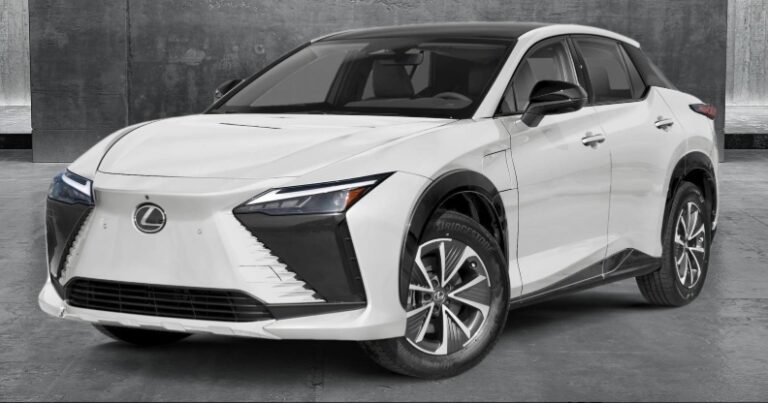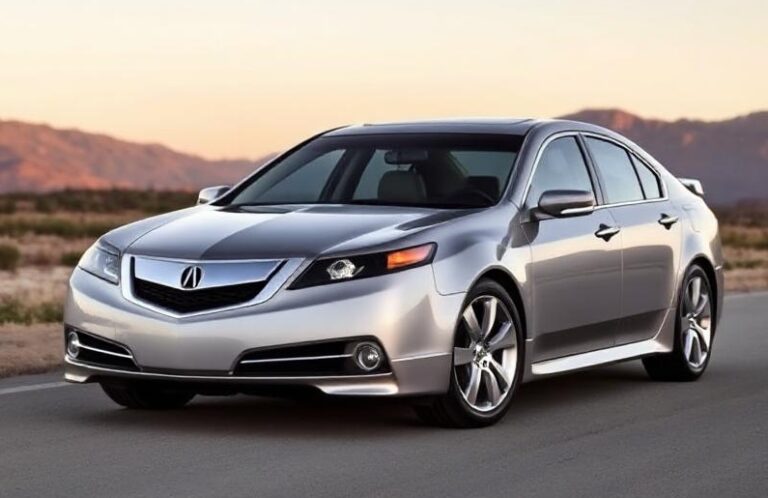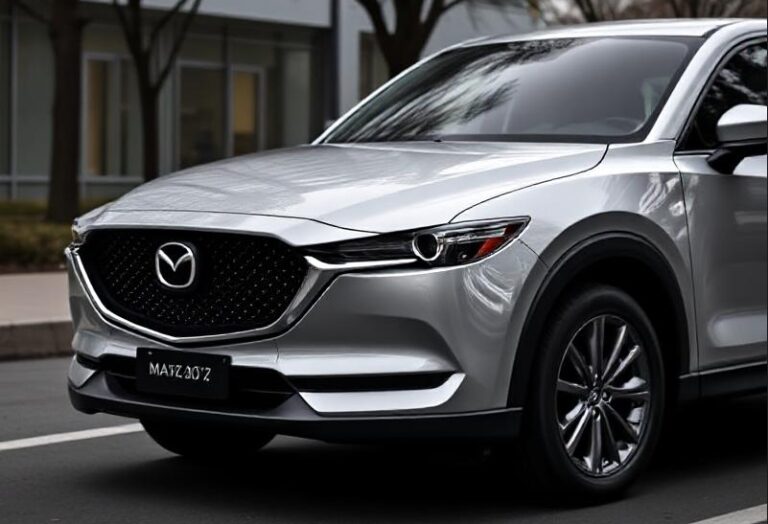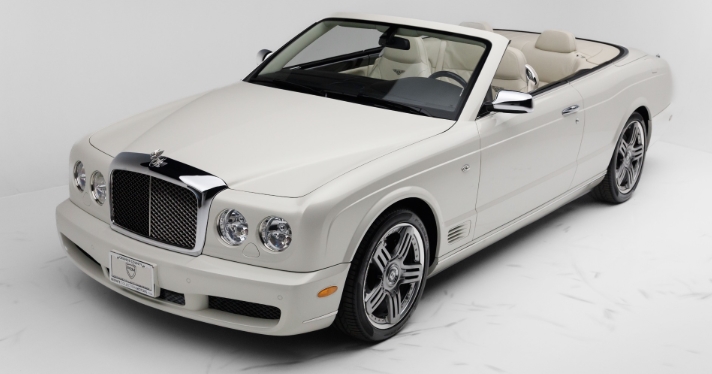The Evolution of the Suzuki Baleno
The Suzuki Baleno is a compact hatchback that has carved out a significant niche in the global automotive market since its inception. Known for its practicality, efficiency, and affordability, the Baleno has undergone numerous transformations since its debut, reflecting changes in consumer preferences, technological advancements, and regulatory standards. This article provides a detailed overview of the Suzuki Baleno’s evolution, including production years, model variants, and trim levels.
Origins and First Generation (1995–2002)
Introduction and Launch
Suzuki launched the first generation of the Baleno in 1995, primarily targeting emerging markets and the European segment of small cars. The name “Baleno” is derived from the Japanese word “Bale no,” meaning “speed” or “swiftness,” emphasizing its sporty aspirations.
Design and Platform
Built on a front-wheel-drive platform, the first-generation Baleno was available as a five-door hatchback, with a three-door hatchback and a five-door station wagon variant introduced later. Its design was characterized by rounded edges and a compact footprint, making it suitable for urban environments.
Engine Options
Initially, the lineup featured a 1.3-liter G13BB I4 petrol engine, producing approximately 84 horsepower, paired with a five-speed manual transmission. An optional 1.6-liter G16B engine offered more power, around 100 horsepower, catering to consumers seeking a more spirited drive.
Trim Levels and Features
During its production run, the first-generation Baleno was offered in various trims, such as:
- Base: Basic features, manual windows, no air conditioning.
- GL: Added air conditioning, power steering, and upgraded interior features.
- GLX: Included alloy wheels, fog lights, and enhanced interior trims.
- Sport: Available in certain markets, featuring sportier suspension and styling cues.
Market Presence
The first-generation Baleno was sold globally, including markets like India, Europe, and Southeast Asia. It gained popularity for its spacious interior, reliability, and affordability.
Second Generation (2002–2008)
Design and Platform
The second-generation Suzuki Baleno was introduced in 2002, built on the HEARTECT platform (though the name evolved later), adopting a more modern and streamlined design. It featured a taller profile with increased interior space and improved aerodynamics.
Powertrain Options
Engine choices expanded to include:
- A 1.4-liter G13B petrol engine (~87 hp).
- A 1.6-liter G16B petrol engine (~102 hp).
- Diesel options, such as a 1.9-liter D13A turbo-diesel engine, available in certain markets.
Transmission options varied from five-speed manual to four-speed automatic transmissions.
Trim Levels and Variants
The second-generation Baleno offered several trims, including:
- LXi: The base model with manual windows, manual air conditioning, and minimal features.
- VXi: Added power steering, upgraded interior trim, and improved audio systems.
- ZX: A more upscale variant with alloy wheels, fog lamps, and additional comfort features.
- Sport: Available in select markets, featuring sport-tuned suspension and styling enhancements.
Additional Features
This generation marked the introduction of safety features like airbags and anti-lock braking systems (ABS) in higher trims, aligning with stricter safety regulations.
Market and Discontinuation
The second-generation Baleno was well-received in Asia, Europe, and Latin America. Production continued until around 2008, after which Suzuki phased it out in favor of newer models.
Third Generation (2015–2022): Revival and Global Reentry
Revival and Global Launch
After a hiatus, Suzuki revived the Baleno nameplate in 2015, targeting emerging markets and global markets with a new, more modern model. This third-generation Baleno marked a significant shift, emphasizing style, safety, and efficiency.
Design and Platform
Built on Suzuki’s HEARTECT platform, it features a sleek, aerodynamic design, with a spacious interior packed into a compact footprint. It incorporates modern LED lighting, a prominent grille, and smooth lines.
Engine Options
The third-generation Baleno offered:
- A 1.0-liter BoosterJet turbocharged petrol engine (~102 hp).
- A 1.2-liter K12C Dualjet petrol engine (~83 hp), emphasizing fuel efficiency.
- Mild hybrid variants using Suzuki’s SHVS (Smart Hybrid Vehicle by Suzuki) technology in some markets.
Transmission Options
Depending on the market, it was available with:
- Five-speed manual transmission.
- Continuously Variable Transmission (CVT) in higher trims, especially in hybrid variants.
Trim Levels and Features
The Baleno was offered in multiple trims, notably:
- Sigma: The base trim, with essentials like manual air conditioning, basic audio, and manual windows.
- Delta: Added features such as power windows, central locking, and improved infotainment.
- Zeta: Featured alloy wheels, touchscreen infotainment systems, steering-mounted controls, and safety features like dual airbags and ABS.
- Alpha: The top-tier trim, including leather upholstery, sunroof, automatic climate control, and advanced safety features like side airbags and brake assist.
Safety and Technology
Suzuki equipped the third-generation Baleno with modern safety features, including:
- Dual front airbags.
- ABS with Electronic Brakeforce Distribution (EBD).
- Rear parking sensors.
- ISOFIX child seat anchors.
The infotainment system ranged from basic with Bluetooth connectivity to advanced touchscreen units with smartphone integration.
Market Reach and Production
The third-generation Baleno was introduced in multiple regions, including India, Europe, Southeast Asia, and Latin America. It became popular due to its attractive styling, competitive pricing, and fuel efficiency.
Fourth Generation and Ongoing Developments
As of 2023, Suzuki has announced plans for further updates to the Baleno lineup, especially in markets like India and Europe, focusing on electrification and advanced driver-assistance systems (ADAS). The next iteration is expected to incorporate hybrid technology, improved connectivity, and enhanced safety features, aligning with global trends toward electrification and autonomous driving.
.
THIS might be a great place to get your new car from!
Or for those who are into the “car flipping” business, here’s an excellent resource for you!

.
Summary of Key Model Years and Trim Evolution
| Year Range | Notable Features and Changes | Trim Levels & Variants |
|---|---|---|
| 1995–2002 | First-generation, rounded design, petrol and diesel engines, basic trims | Base, GL, GLX, Sport |
| 2002–2008 | Second-generation, modernized design, safety features introduced | LXi, VXi, ZX, Sport |
| 2015–2022 | Third-generation, global revival, turbo and hybrid options, modern tech | Sigma, Delta, Zeta, Alpha |
Conclusion
The Suzuki Baleno has demonstrated remarkable adaptability over its nearly three-decade history. From its modest beginnings in the mid-1990s to its modern, technologically advanced third-generation model, the Baleno has remained a popular choice among budget-conscious consumers seeking practicality, efficiency, and style.
Its evolution reflects broader trends in the automotive industry, including increased safety standards, emphasis on fuel efficiency, and the integration of modern connectivity and hybrid technologies. As Suzuki continues to innovate, the Baleno is poised to maintain its relevance in the competitive compact car segment well into the future.







